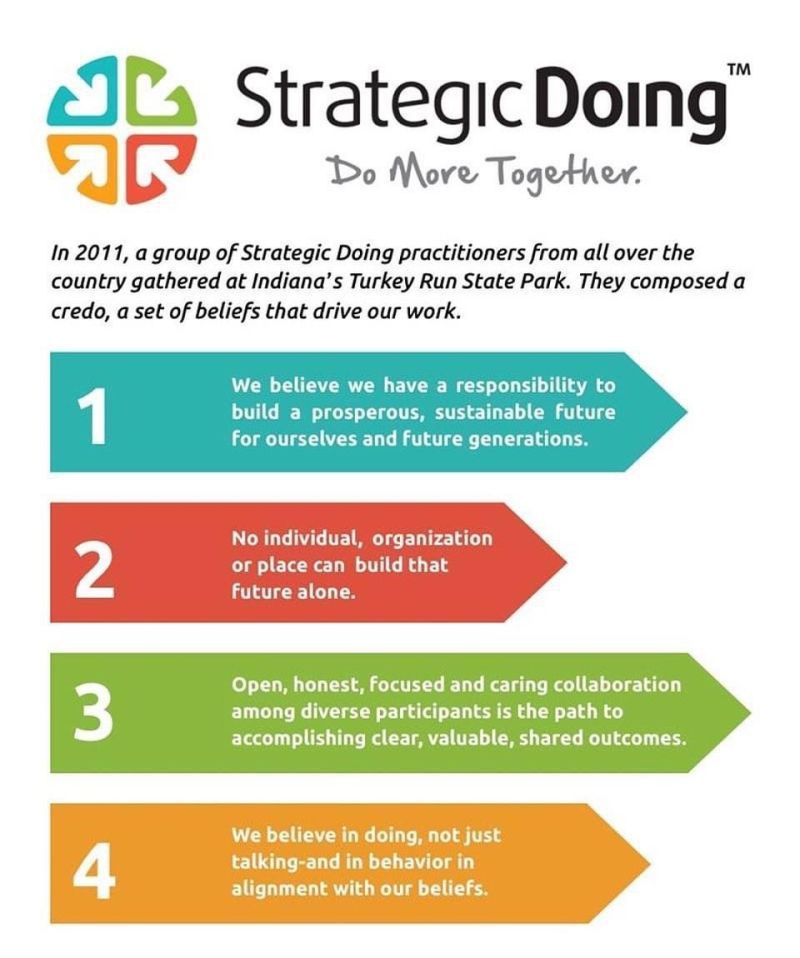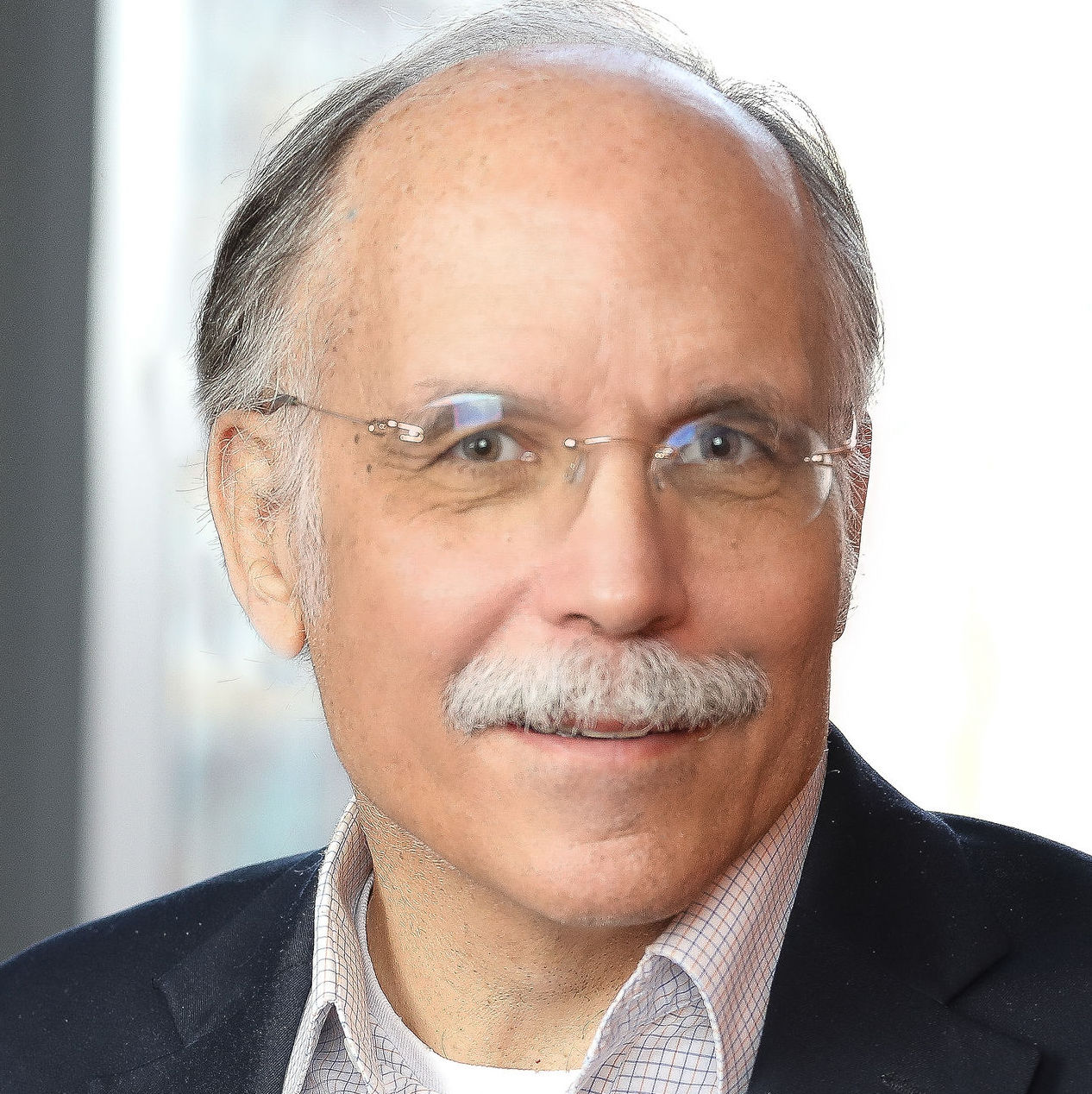GUIDING COMPLEX CHANGE WITH PERFORMANCE
My colleague Scott Hutcheson reminds me of our work at Purdue University. In 2005, Scott invited me to come to Purdue to work on a $15 million grant he had landed. We deployed #strategicdoing, a protocol for complex collaboration.
(I developed the first versions of this protocol in the 1990s in my consulting practice.)
Scott and I generated remarkable success from that original three-year Purdue testbed.
>> With 8% of the money awarded nationally, we produced 40% of the national results.
>> You can read more about the testbed here: https://bit.ly/3uZcDhA
>> And here: https://bit.ly/ssriSD
WHY IT MATTERS: GUIDING COMPLEX CHANGE WITH PERFORMANCE
Workforce development systems in the U.S. are devilishly complex: multiple programs and agencies, rapidly shifting needs, widening skill gaps, and no easy way to communicate across organizational boundaries.
Our testbed proved that we had a replicable professional practice of complex change and could teach this practice to others.
In other words, our work was scalable.
Because the protocol focuses on recombinant innovation — creating new value from the assets already at hand — we also proved that this approach is sustainable. (Many of the initiatives we started in 2005 are ongoing. Example: Indiana’s Energy Systems Network.)
DIG DEEPER: THE SPREAD OF STRATEGIC DOING
No doubt that the most prominent success from that initial testbed is Strategic Doing itself. This professional practice is now spreading globally. We teach Strategic Doing in English, Spanish, Dutch, French, and Chinese.
(Just last week, we heard from Vitor Mondo, head of technology transfer at Brazil’s Embrapa agency for agricultural innovation. See: https://bit.ly/42HivO4)
When I came to Purdue in 2005, the university’s leadership — President Martin Jischke and VIce-Provost Vic Lechtenberg — agreed to “open-source” the discipline. In other words, Purdue would help me learn how to test, teach, and spread the Strategic Doing model.
As a public land-grant university, Purdue is in the business of not just developing technology.
The university is committed to applying technology to solve complex challenges.
THE FOUNDATION OF STRATEGIC DOING: A CREDO
In the first six years of our work, word began spreading that we were on to something. Colleagues from other universities began connecting with us. In 2011, our core team of practitioners came together.
Prompted by Bob Brown at Michigan State University, we sat down and explained: “our why”. Why were we so committed to new methods to accelerate collaboration?
The result: a concise statement of why collaboration is the critical operating system for any organization.
By learning and mastering the simple rules of complex collaboration, teams can generate more and better solutions to complex challenges.
WHY IT WORKS
In 2021, I completed a Ph.D. in economics to explain why this approach to collaboration works. You can download this research here: https://bit.ly/SDPhD


The Founder of the Lab at UNA and co-author of Strategic Doing: 10 Skills for Agile Leadership, Ed’s work has focused on developing new models of strategy specifically designed to accelerate complex collaboration in networks and open innovation. He is the original developer of Strategic Doing.
